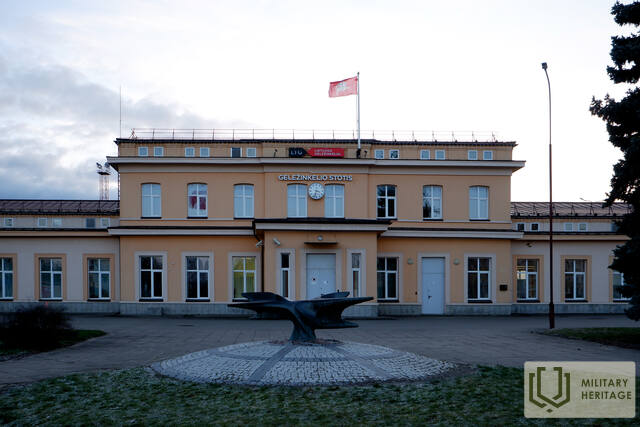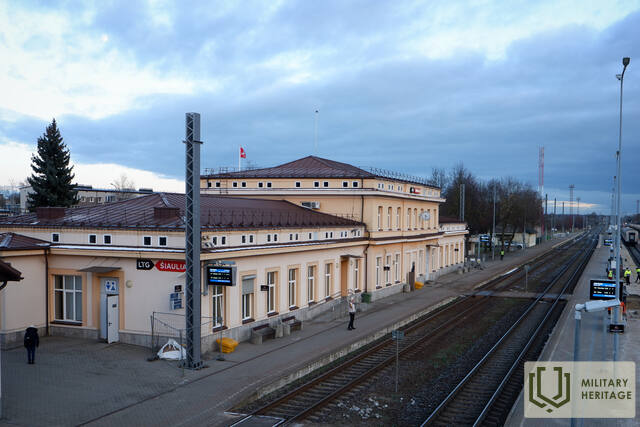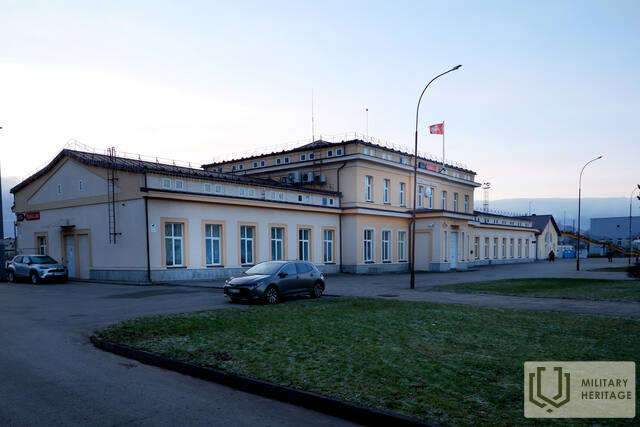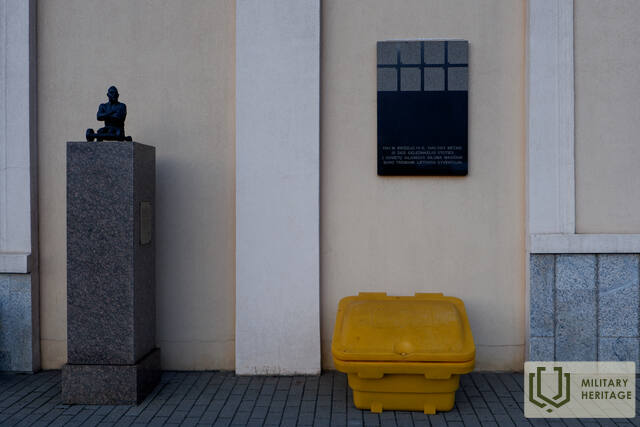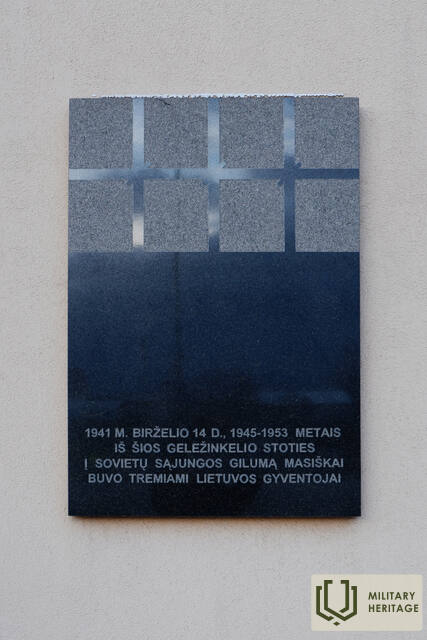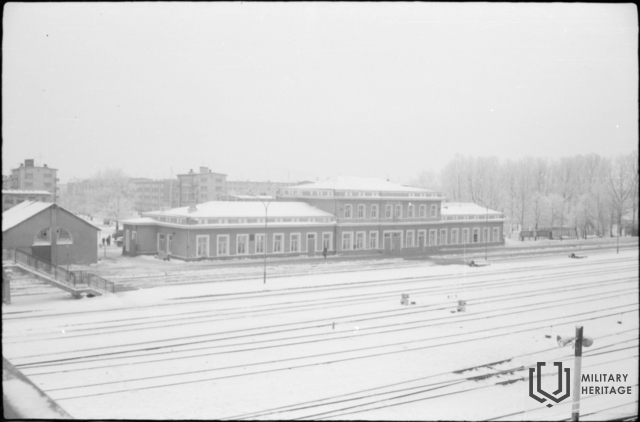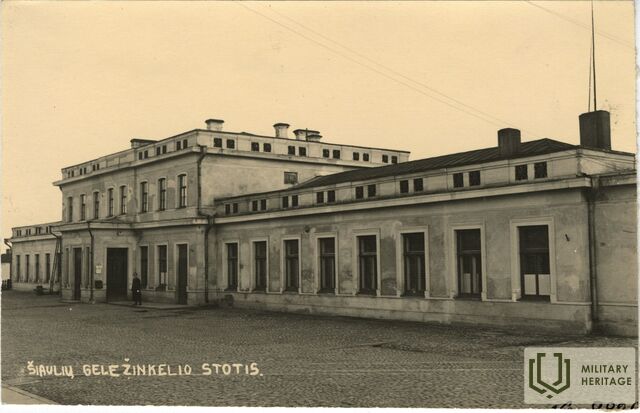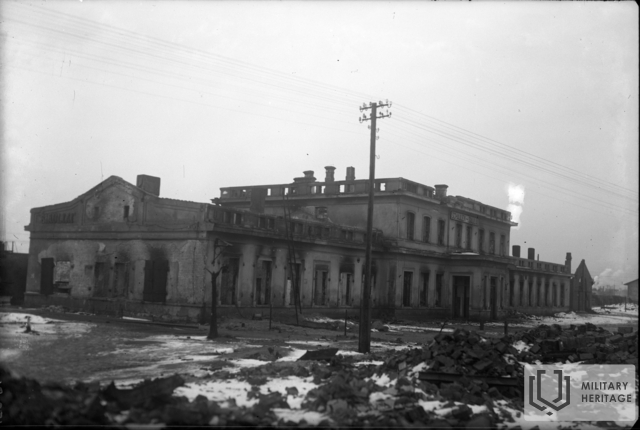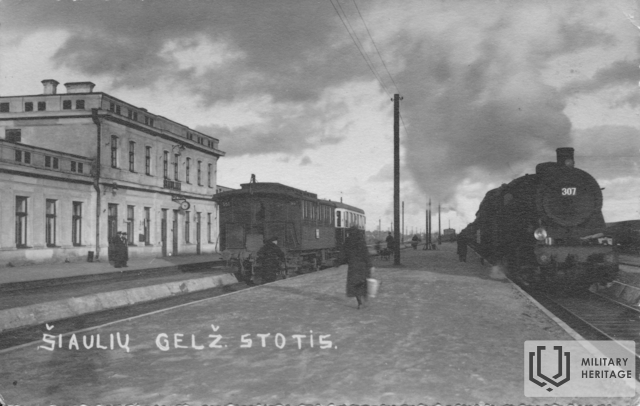Siauliai Railway Station Memorial site

The railway station is located in Šiauliai.
On September 4, 1871, a third-class station was opened on the Liepaja-Romnai railway line. Šiauliai became an important railway junction. During both world wars, the main building of the station - the passenger hall - was damaged and reconstructed several times: in 1923, a major overhaul was carried out, and in 1930-1931, the hall was expanded and reconstructed. In 1935, Šiauliai railway station was given the category of a first-class station. After World War II, the station was reconstructed again. During the Soviet era, on September 4, 1971, a railway museum was opened there. The station became a witness to the repressions carried out by the USSR against the Lithuanian population: during the deportations of June 14-18, 1941, 351 families and individuals were deported from Šiauliai, and the deportations continued in 1945-1953.
Today, the station is still in operation, and a memorial plaque to the deportees was unveiled on the wall of its building in 1996 (updated after 2010).
Used sources and references:
Related timeline
Related topics
Related stories
"Taiga" in Exile – Journalism Against the Regime
Vytenis Rimkus, an artist who was sentenced to death for publishing the newspaper "Taiga" in Siberian exile, but fate allowed him to survive and return to Lithuania. This is a story about the strength of spirit, the power of creativity, and the indelible national identity even in the harshest exile.




